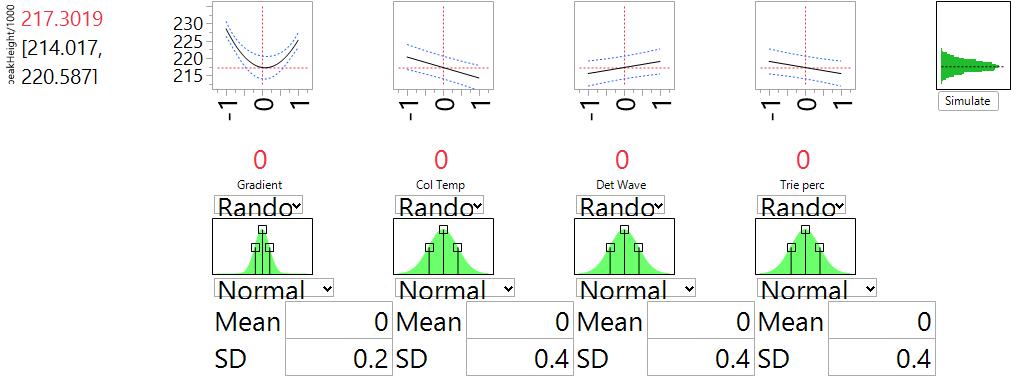KPA Group
Professor Ron S. Kenett, is CEO and founder of KPA and research professor at the University of Turin in Italy. He is past president of the European Network for Business and Industrial Statistics (ENBIS) and of the Israel Statistical Association (ISA). Ron was awarded in 2013 the Greenfield Medal by the English Royal Statistical Society for excellence in the development and application of statistical methods. He has co-authored 10 books (including Modern Industrial Statistics with applications in R, MINITAB and JMP, Wiley, 2014 and Statistical Methods in Health Care, Wiley, 2012) and over 170 publications in international journals.
Anat Reiner-Benaim has been studying the topic of large data analysis for nearly 15 years. Her studies initially focused on the control of the false discovery rate (FDR) as a type I statistical error criterion under multiple testing, and on the statistical testing within high-throughput analysis and complex studies. She has been recently focusing on studying the combination of statistical models with machine learning algorithms in big data analytics, and is currently collaborating with industry on several projects. She obtained her PhD in statistics under the supervision of Prof. Yoav Benjamini from the Department of Statistics and Operations Research in Tel-Aviv University. She was a postdoctoral fellow in the Weizmann Institute and in Stanford University, and is currently a faculty member in the Department of Statistics in the University of Haifa and a senior consultant in the KPA group.
David M. Steinberg is a Professor of Statistics in the Department of Statistics and Operations Research at Tel Aviv University. His primary field of research is the statistical design of experiments, including factorial experiments, Latin hypercubes, computer experiments, robust parameter design experiments and seismic networks. He has worked on numerous applications and has worked as a consultant with many different companies, in fields from marketing design to bio-technology. He served as Editor of Technometrics and was Section Editor for Experimental Design for the Wiley Encyclopedia of Statistics in Quality and Reliability. He is a Fellow of the American Statistical Association and the 2013 George Box Medalist of the European Network for Business and Industrial Statistics (ENBIS) for lifetime contributions to the field. David is also a consultant with KPA.
Benny Yoskovich, PhD, is Senior Statistical Consultant in the KPA Group. He has more than 20 years of experience in the application of statistical methods in the pharmaceutical industry. He earned a PhD at Tel Aviv University with a thesis on “Dynamic Problems in Robust Design” that was supervised by Professor David Steinberg and got an MSc in quality assurance and reliability from the Technion in 1991. Benny has extensive experience as a teacher and consultant in topics such as Quality by Design (QbD), design of experiments (DOE), Statistical Process Control (SPC), Sampling Plans, Regression Models, Stability Studies, Bioequivalence Analysis and Dissolution Profiles. He is also an expert programmer and developed a range of simulators in R.

